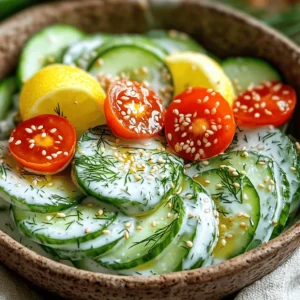Latest & Greatest

Garlic Butter Shrimp Hawaiian Style Dish to Savor
Looking to impress your family with a taste of Hawaii? This Garlic Butter Shrimp Hawaiian Style is both simple and
Read more…
Sweet Potato Gratin with Rosemary Crust Delightful Dish
Indulging in a rich, creamy Sweet Potato Gratin with a rosemary crust is a delight for any meal. In this
Read more…
Philly Cheesesteak Egg Rolls Crispy and Delicious Snack
Are you ready to put a fun twist on a classic? Philly Cheesesteak Egg Rolls are your answer! These crispy,
Read more…
Homemade King Cake Tasty and Fun Recipe Guide
Are you ready to bake a delicious and fun Homemade King Cake? This festive treat is perfect for celebrations, and
Read more…
Coffee Chocolate Brownie Cheesecake Delight Recipe
Are you ready for a dessert that takes indulgence to another level? The Coffee Chocolate Brownie Cheesecake Delight combines rich
Read more…
Jumbo Chocolate Cupcakes Irresistible Treat Recipe
Are you ready to indulge in the ultimate chocolate treat? My Jumbo Chocolate Cupcakes are not just big; they are
Read more…
Honey Mustard Chicken Tenders Delightful and Easy Meal
Are you ready to create a tasty meal that’s simple and satisfying? My Honey Mustard Chicken Tenders are easy to
Read more…
Savory Stuffed Shells with Ground Beef Recipe
Looking for a hearty dish that packs flavor and joy? My Savory Stuffed Shells with Ground Beef recipe is just
Read more…browse recipes
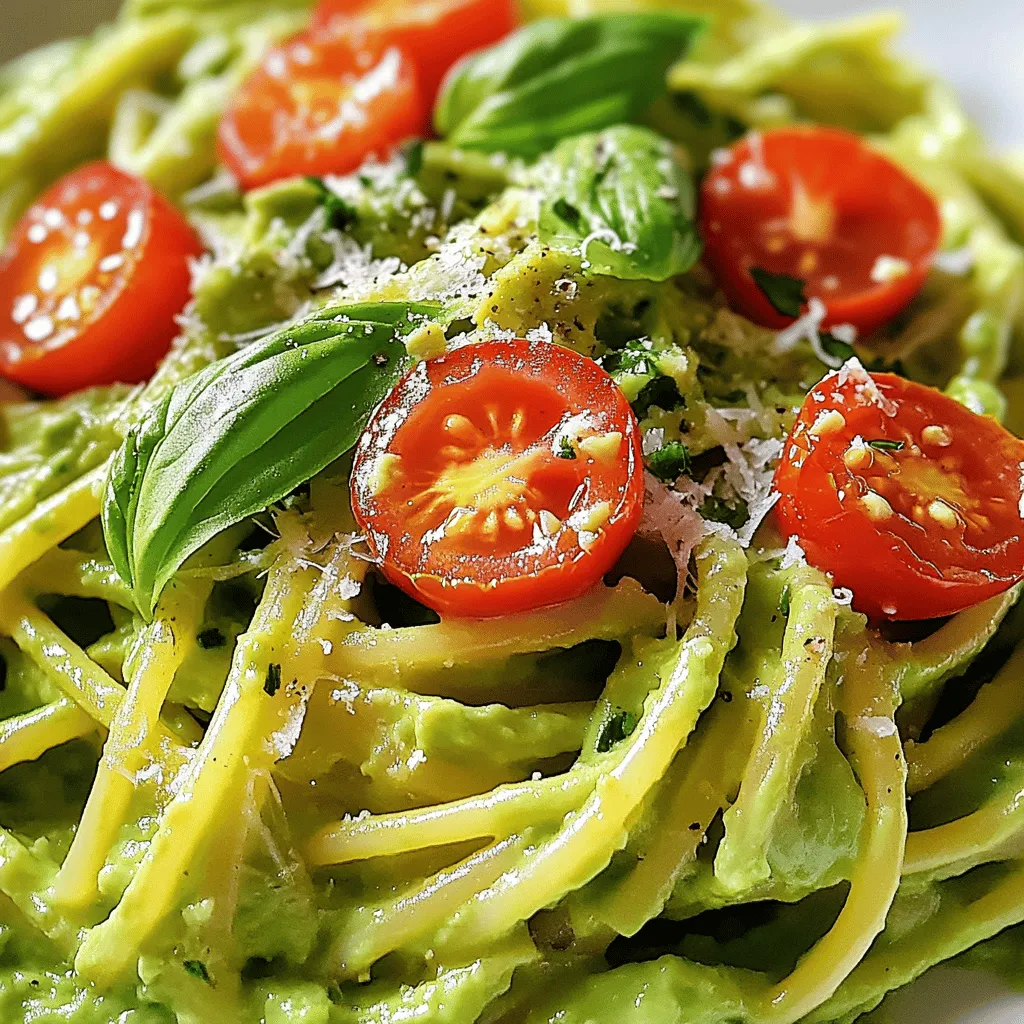
Creamy Avocado Pasta Flavorful and Simple Dish
Looking for a quick and tasty meal? Creamy Avocado Pasta is your answer! This dish is not only easy to make, but it’s also…
My Latest Desserts
Pancake Donuts with Maple Glaze Simple and Delicious
Do you love pancakes and donuts? With my pancake donuts topped with maple glaze, you can enjoy both! This simple Read Full RecipeCrispy Cinnamon Sugar Air Fryer Banana Chips Delight
Are you ready for a snack that’s both crunchy and sweet? I’m excited to share my Crispy Cinnamon Sugar Air Read Full RecipeEasy Sweet Potato Casserole Simple and Tasty Recipe
Looking for a sweet, easy dish that steals the show? My Easy Sweet Potato Casserole is just what you need! Read Full RecipePeppermint Chocolate Chip Cookies Festive and Delightful
Get ready to celebrate the season with my Peppermint Chocolate Chip Cookies! These festive treats combine the rich taste of Read Full RecipeChocolate Thumbprint Cookies Irresistible Treat Recipe
If you’re craving a sweet treat, you’ll love chocolate thumbprint cookies! These soft, chewy cookies are easy to make and Read Full RecipeEasy Stained Glass Cookies Simple and Fun Recipe
Get ready to create some beautiful treats with my Easy Stained Glass Cookies! This simple recipe is perfect for kids Read Full RecipeHalloween Chex Mix Fun and Festive Snack Idea
Get ready for a sweet and spooky delight with my Halloween Chex Mix! This fun snack combines crispy Chex cereal, Read Full RecipePumpkin Cheesecake Dip Delightful and Easy Recipe
Fall is here, and nothing screams comfort like my Pumpkin Cheesecake Dip! This delightful treat is easy to make, packed Read Full RecipePumpkin Spice Energy Bites Healthy Power Snack
Looking for a delicious and healthy snack? Pumpkin Spice Energy Bites are the answer! These tasty treats blend fiber-rich oats, Read Full RecipePumpkin Pie Overnight Oats Flavorful and Nutritious Meal
Looking for a healthy yet tasty breakfast? Pumpkin Pie Overnight Oats combine rich pumpkin flavor with creamy oats. Packed with Read Full Recipe
My Latest Recipes
hey,
i’m !
I’m so happy you’re here!
Food is my passion, and perfecting each dish is my craft. I can’t wait for you to try them let’s dive into this delicious journey side by side.
Pesto Potato Salad Refreshing and Flavorful Dish
Looking for a dish that’s both refreshing and flavorful? My Pesto Potato Salad is your answer! This dish combines tender baby potatoes with zesty…
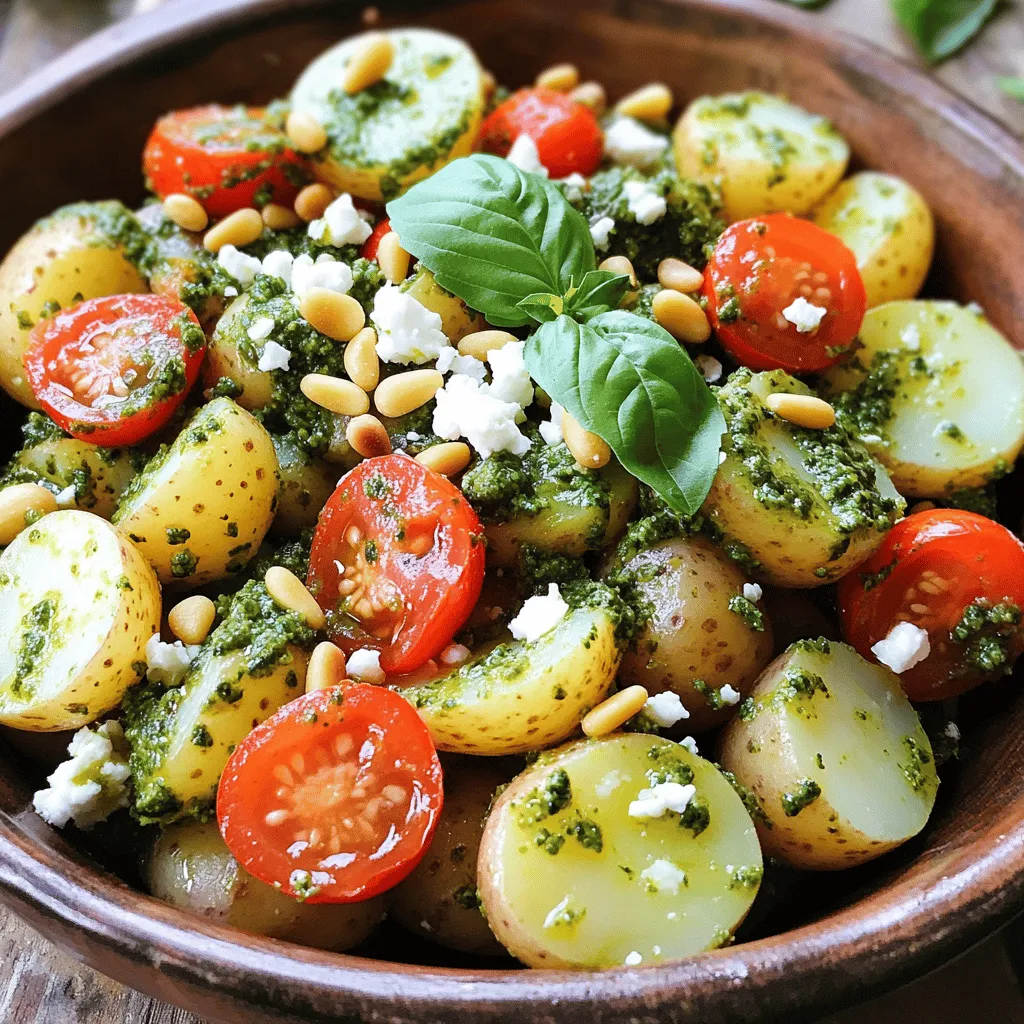










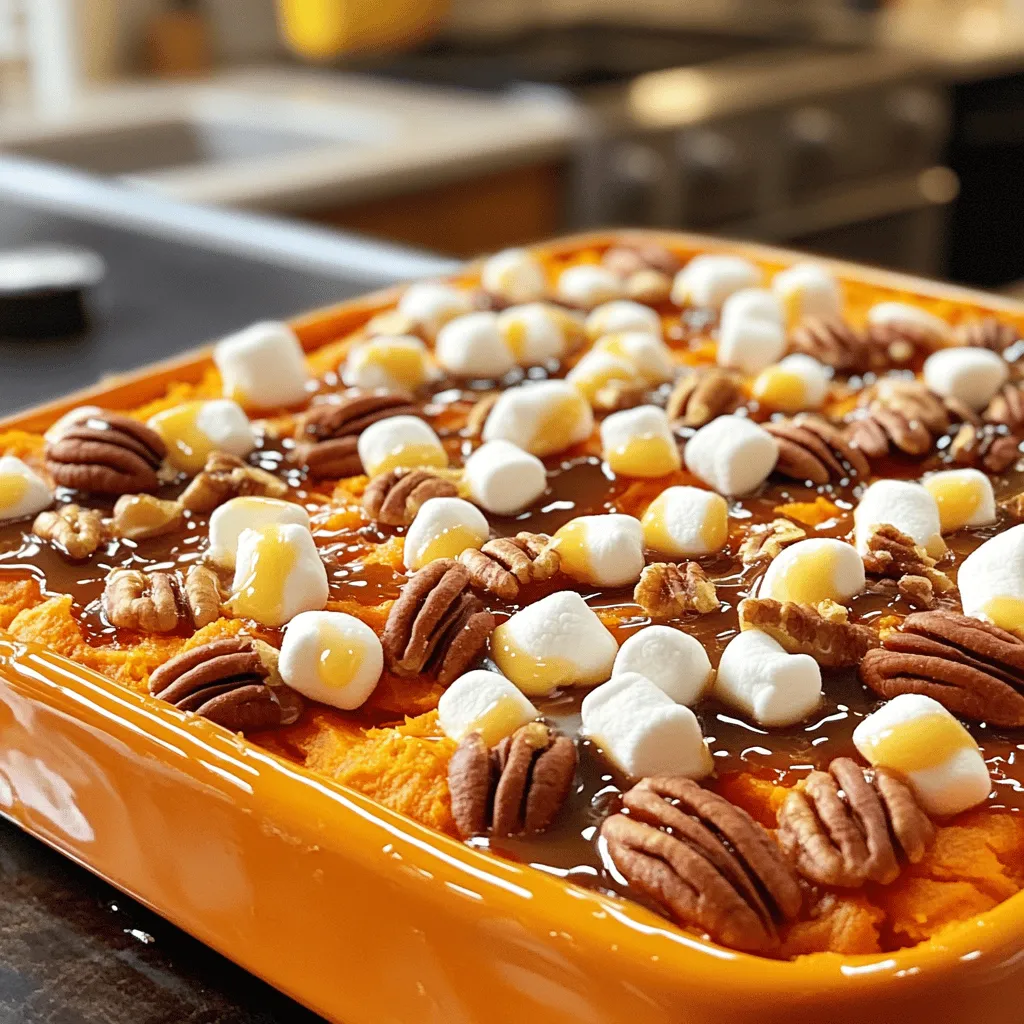




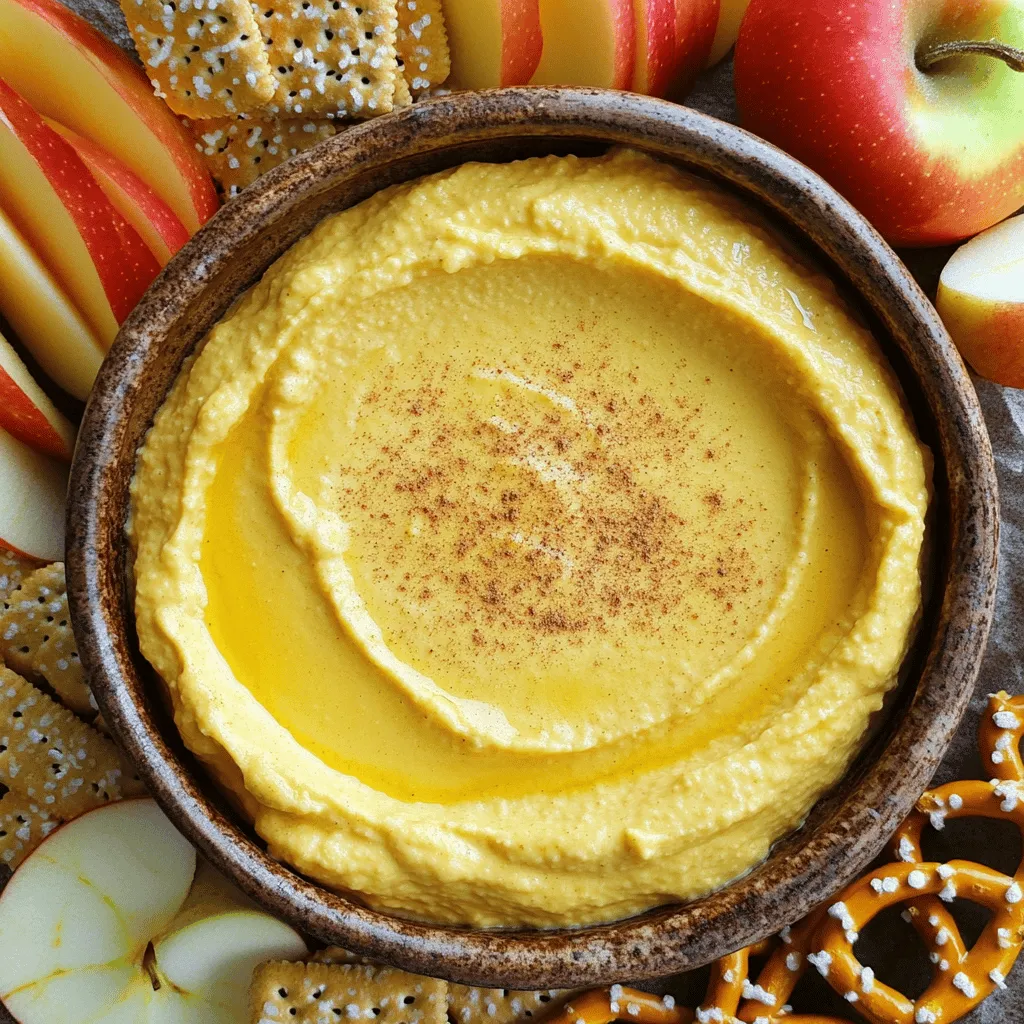

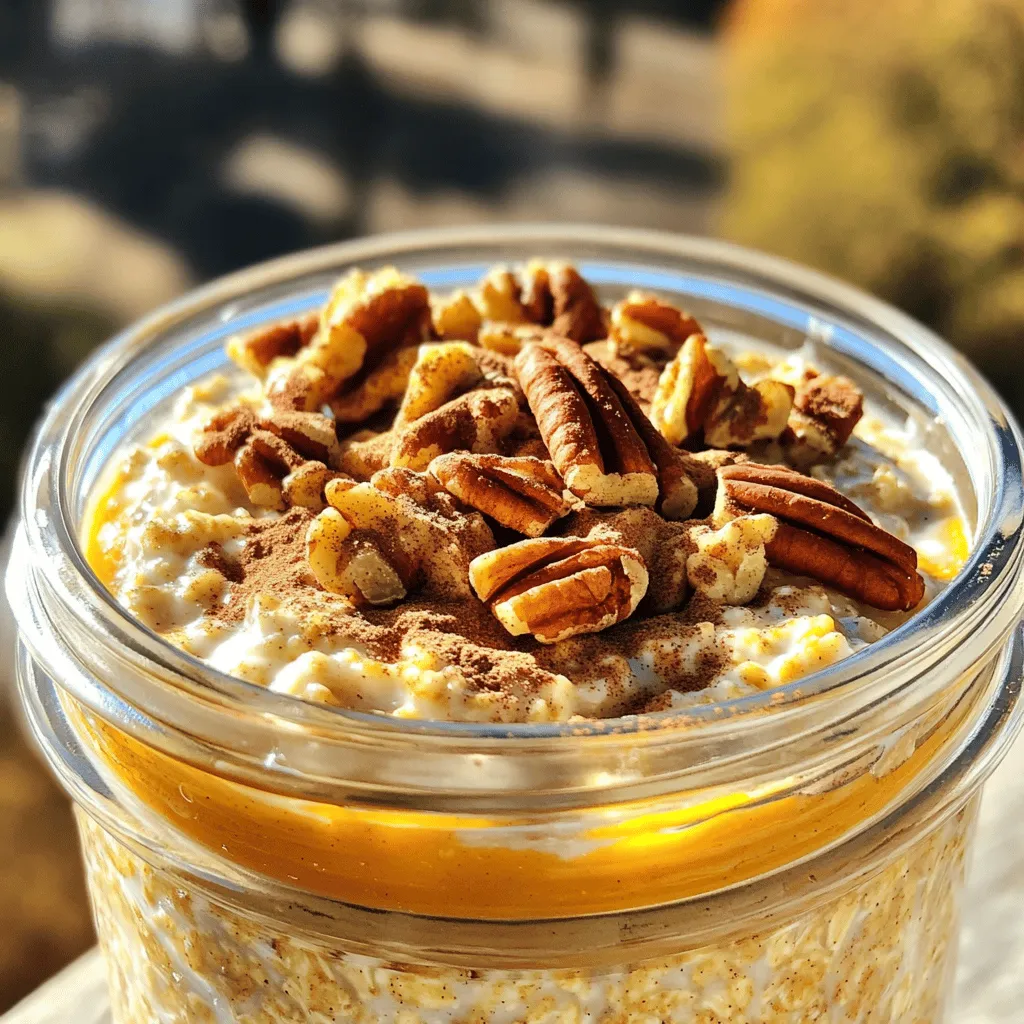

![To make a tasty Chicken Fajita Casserole, gather the following: - 2 cups cooked chicken, shredded - 1 cup bell peppers (red, yellow, green), sliced - 1 small red onion, sliced - 1 can (15 oz) black beans, rinsed and drained - 1 cup corn (fresh, frozen, or canned) - 2 cups cooked rice (white or brown) - 1 cup salsa (mild or spicy, your choice) - 2 cups shredded cheese (cheddar or Mexican blend) - 2 teaspoons fajita seasoning - 1 tablespoon olive oil - Salt and pepper to taste - Fresh cilantro for garnish (optional) You can swap out some ingredients to suit your taste. Here are a few ideas: - Use leftover turkey instead of chicken. - Try different beans like pinto or kidney beans. - Swap out the rice for quinoa for a healthier grain. - Instead of salsa, use diced tomatoes mixed with spices. - Use dairy-free cheese for a vegan option. Fresh produce makes your casserole shine. Here are some tips: - Look for bell peppers that feel firm and have shiny skin. - Choose onions that are dry and have no soft spots. - When selecting corn, pick ears with bright green husks. - For cilantro, look for bright green leaves and a fresh scent. - Avoid any produce with bruises or dark spots, as they may spoil quickly. These tips ensure your Chicken Fajita Casserole is full of flavor and nutrition. For the full recipe, check the details above. To make Chicken Fajita Casserole, start by preheating your oven to 375°F (190°C). Heat a large skillet over medium heat. Add one tablespoon of olive oil to the skillet. Once it's hot, add the sliced bell peppers and onion. Sauté them for about 5 to 7 minutes until they soften. Next, stir in 2 cups of shredded chicken, one can of black beans, and one cup of corn. Now, add 2 teaspoons of fajita seasoning and one cup of salsa. Mix well and cook for 3 to 4 more minutes until everything is heated through. Don’t forget to add salt and pepper to taste. In a large bowl, combine 2 cups of cooked rice with half of the shredded cheese. Mix it to blend well. Grease a 9x13 inch casserole dish. Layer half of the rice on the bottom. Then, add the chicken and veggie mixture on top. Next, spread the remaining rice mixture over that. Finally, sprinkle the rest of the shredded cheese on the very top. Cover the dish with aluminum foil. Bake for 25 minutes. After that, remove the foil and bake for another 10 minutes until the cheese is melted and bubbly. Let it sit for about 5 minutes before you serve. Sautéing is a key technique here. It brings out the flavors in the peppers and onion. This step adds a nice depth to your casserole. Mixing the cheese with the rice helps to keep it creamy. Layering the casserole ensures even cooking. Covering it with foil at first helps cook the dish evenly without drying it out. Uncovering it for the last 10 minutes allows the cheese to get bubbly and golden. Timing is crucial for this dish. Preheating your oven ensures even cooking. The total time for this recipe is about 55 minutes. This includes 15 minutes for prep and 40 minutes of baking. Always check the internal temperature; it should reach at least 165°F (74°C). This ensures your casserole is safe and delicious. Also, letting it sit for 5 minutes after baking allows the flavors to settle. This dish is perfect for busy nights or gatherings. For the best results, follow the timings closely. You can find the Full Recipe at the start. To boost the flavors in your Chicken Fajita Casserole, consider these tips: - Use fresh herbs: Cilantro adds a fresh taste. - Add lime juice: A squeeze brightens the dish. - Experiment with spices: Try cumin or smoked paprika for depth. - Mix in jalapeños: For a spicy kick, add sliced jalapeños. These small tweaks can make your casserole burst with flavor. Avoid these easy mistakes to ensure your casserole shines: - Overcooking the vegetables: Sauté them just until soft. - Skipping the seasoning: Always season your chicken and veggies well. - Not layering properly: Layer rice, chicken, and cheese for even cooking. - Using cold ingredients: Bring everything to room temp for better blending. These tips will help you create a perfect, tasty dish. Serve your Chicken Fajita Casserole with these ideas: - Tortilla chips: They add crunch and texture. - A side salad: Fresh greens balance the meal. - Sour cream or guacamole: These toppings add creaminess. - Extra salsa: Serve on the side for those who love it. These pairings will make your meal even more delightful. For the full recipe, check out the [Full Recipe]. {{image_2}} You can swap the chicken for mushrooms or zucchini. This keeps the dish filling. Use the same spices for great flavor. Add extra beans or corn for more texture. A mix of cheeses makes it creamy and rich. This option is perfect for meat-free nights. For a low-carb meal, skip the rice. Instead, use cauliflower rice or shredded cabbage. This keeps the taste while cutting carbs. You can still enjoy all the spices and veggies. Top with cheese for that gooey finish. It’s a smart choice for anyone watching carbs. Want more heat? Add jalapeños or chili powder to the mix. You can also use spicy salsa. This gives your casserole a warm kick. If you love heat, experiment with different peppers. The spice level can be just right for your taste. Enjoy it with a side of cooling sour cream. After enjoying your Chicken Fajita Casserole, store leftovers in an airtight container. This keeps the dish fresh. Let it cool to room temperature before sealing. Enjoy the flavors for up to three days in the fridge. If you want to keep it longer, consider freezing. To reheat, take the casserole out of the fridge. Place it in a preheated oven at 350°F (175°C). Cover it with foil to keep it moist. Heat for about 20-25 minutes. If it's frozen, let it thaw overnight in the fridge first. Then, reheat as mentioned above. You can also use a microwave. Place a portion in a microwave-safe dish and heat for 2-3 minutes. Stir halfway for even heating. You can freeze Chicken Fajita Casserole for up to three months. It’s best to freeze it before baking. Assemble the dish, cover it tightly with foil, and place it in the freezer. When ready to eat, thaw it in the fridge overnight. Bake it as per the full recipe instructions. This way, you enjoy fresh and tasty flavors any day! Yes, you can make Chicken Fajita Casserole ahead of time. Prepare the casserole up to the point of baking. Cover it and place it in the fridge for up to 24 hours. When you're ready, just bake it straight from the fridge. You may need to add a few extra minutes of baking time. This makes it great for busy days or gatherings. You can serve many sides with Chicken Fajita Casserole. Some tasty options include: - Tortilla chips - Fresh guacamole - A simple side salad - Sliced avocados - Sour cream or Greek yogurt These sides add flavor and texture, making your meal even better. You can tell when the casserole is done by looking for a few signs. The cheese should be melted and bubbly. The edges may also be slightly browned. If you insert a fork in the center, it should be hot throughout. If unsure, use a food thermometer; the inside should reach 165°F (74°C). Enjoy your delicious Chicken Fajita Casserole! For the complete recipe, check out the Full Recipe. In this blog post, we covered the ingredients for Chicken Fajita Casserole, including substitutes and tips for choosing fresh produce. I shared step-by-step cooking instructions, important techniques, and timing tips. We also looked at ways to enhance flavors, avoid common mistakes, and some serving ideas. Variations such as vegetarian and spicy options provide more choices. Lastly, proper storage and reheating tips ensure you enjoy your leftovers. Knowing these details helps you create a delicious meal every time. Enjoy cooking!](https://mysavedrecipe.com/wp-content/uploads/2025/06/1a9b9afa-2cd5-47dd-be00-b94cadab55f0-300x300.webp)
![- 2 tablespoons vegetable oil - 1 red bell pepper, sliced - 1 yellow bell pepper, sliced - 1 cup broccoli florets - 1 cup snap peas - 1 carrot, julienned - 1 zucchini, sliced - 2 green onions, chopped - 2 cloves garlic, minced - 1 teaspoon ginger, grated - Salt and pepper to taste - 1/2 cup creamy peanut butter - 3 tablespoons soy sauce - 2 tablespoons honey or maple syrup - 1 tablespoon rice vinegar - 1 tablespoon sesame oil - 1/4 cup water (adjust for consistency) - Chili flakes to taste (optional) To make this dish shine, you need fresh vegetables. They add color and flavor. I love using bell peppers for sweetness and broccoli for crunch. Snap peas bring a nice snap, while zucchini adds a soft touch. Carrots add sweetness and color. Green onions give a fresh finish. The aromatics in this recipe are key. Garlic and ginger wake up the dish with their bold flavors. Adjust salt and pepper to your liking for extra taste. The peanut sauce is the star. Creamy peanut butter makes it rich. Soy sauce adds umami, while honey or maple syrup brings sweetness. Rice vinegar gives a tangy kick, and sesame oil adds depth. Water helps to thin it out. You can add chili flakes if you want some heat. For a detailed guide, check the Full Recipe. To start, let's make the peanut sauce. In a bowl, whisk together: - 1/2 cup creamy peanut butter - 3 tablespoons soy sauce - 2 tablespoons honey or maple syrup - 1 tablespoon rice vinegar - 1 tablespoon sesame oil - 1/4 cup water This will create a smooth and creamy sauce. If it feels thick, add more water to get the right consistency. You can also add chili flakes for a spicy kick if you want. Now, let's cook the vegetables. First, heat 2 tablespoons of vegetable oil in a large skillet or wok over medium-high heat. Next, add 2 cloves of minced garlic and 1 teaspoon of grated ginger. Sauté them for about 30 seconds until they smell great. Now it’s time to add the vegetables. Toss in the sliced red and yellow bell peppers, 1 cup of broccoli florets, 1 cup of snap peas, 1 julienned carrot, and 1 sliced zucchini. Stir-fry everything for 5 to 7 minutes. You want the veggies to be bright and tender-crisp. Add salt and pepper to taste. Once the veggies are cooked, remove the skillet from heat. Pour the peanut sauce over the stir-fried vegetables. Toss gently to coat all the veggies in that delicious sauce. For serving, transfer the stir-fry to a large platter or individual bowls. Garnish with chopped green onions. You can drizzle some extra peanut sauce on top for a nice finish. Adding crushed peanuts or lime wedges on the side also looks great! Feel free to explore the [Full Recipe] for more details and tips! - Optimal Stir-Frying Temperature: Heat your skillet or wok to medium-high heat. This helps cook the vegetables quickly. When the oil shimmers, it is ready. - Keeping Vegetables Crisp: Do not overcrowd the pan. Stir-fry in small batches. This ensures even cooking and keeps the veggies bright and crunchy. - Adding Spice with Chili Flakes: If you love heat, sprinkle chili flakes into the stir-fry. Start with a pinch and add more to suit your taste. - Using Fresh Herbs or Lime Juice: Fresh herbs like cilantro or basil brighten the dish. A splash of lime juice adds zing, making the flavors pop. - Pre-cutting Vegetables: Wash and cut your vegetables ahead of time. This saves you time and makes cooking easy and fun. - Storing Leftovers: Keep any leftovers in an airtight container in the fridge. They stay fresh for up to three days. Reheat in a pan to maintain texture. {{image_2}} You can boost your stir-fry with protein. Tofu or tempeh are great plant-based options. They soak up flavor well. Just cube them and add them to the skillet. Cook until golden brown for the best taste. If you prefer meat, chicken and shrimp are solid choices. Cut chicken into thin strips for quick cooking. Shrimp cooks fast, so add them last. They will turn pink and curl when done. For a vegetarian meal, stick to tofu or tempeh. If you want a vegan option, ensure your sauces are plant-based. Some soy sauces contain fish sauce. Always check the labels. You can swap honey for maple syrup for a vegan twist. This change keeps the sweet taste without using bee products. Adjust the sauces based on your dietary needs. Using seasonal veggies makes your stir-fry fresh and tasty. In spring, try adding asparagus or snap peas. Summer is perfect for zucchini and bell peppers. Fall vegetables like butternut squash add a sweet touch. Pair seasonal flavors like fresh basil in summer or nutty sage in fall. These flavors enhance your dish. You can also mix different colors for a beautiful plate. For the full recipe, check the section above. Refrigeration Guidance After enjoying your vegetable stir-fry with peanut sauce, let it cool. Place it in an airtight container. This keeps the flavors fresh. You can store it in the fridge for up to three days. Make sure you seal it well to avoid drying out. Freezing Stir-Fry If you want to save it for later, freezing works well too. Place the stir-fry in a freezer-safe bag. Remove as much air as possible before sealing. You can freeze it for up to three months. Just remember to label the bag with the date! Best Methods to Reheat When it’s time to eat again, reheat the stir-fry gently. Use a skillet over low heat. This helps keep the vegetables crisp. You can also use the microwave. Heat in short bursts, stirring in between. This ensures even heating. Maintaining Vegetable Texture To keep your veggies crunchy, don’t overheat them. Stir often and watch closely. If they look too soft, they may lose their fresh bite. A splash of water can help steam them back to life too. How long leftovers last in the fridge Your stir-fry can last up to three days in the fridge. Check for any signs of spoilage before eating. If it smells off or looks strange, toss it out. Signs of spoilage Signs of spoilage include a bad smell, slimy texture, or discoloration. If you see any of these, it’s best to discard the leftovers. Always trust your senses! To boost flavor, add fresh herbs like basil or cilantro. You can also use fresh lime juice for a zing. Try adding a splash of soy sauce or some chili flakes for heat. A sprinkle of sesame seeds adds crunch and flavor too. Absolutely! You can swap in your favorite veggies. Try adding mushrooms, bok choy, or asparagus. Use what is fresh and in season. This dish is flexible, so get creative with your choices! Yes, but make sure to use gluten-free soy sauce. Many brands offer this option. Check the labels to be sure. If you want a nut-free option, try sun butter instead of peanut butter. It takes about 10 minutes to prep and 10 minutes to cook. In just 20 minutes, you can have a tasty meal. This makes it perfect for busy weeknights. This stir-fry pairs well with rice or quinoa. You can also serve it with noodles for a heartier meal. Add some fresh fruit on the side for a colorful plate. Yes, you can prepare the peanut sauce ahead of time. Store it in the fridge in an airtight container. It stays good for about one week. Just give it a good stir before using it again. For the full recipe, check out the detailed instructions. This blog post covered a tasty vegetable stir-fry with a creamy peanut sauce. We explored fresh veggies, aromatics, and how to create a flavorful sauce. I shared tips for cooking and storing leftovers, plus ways to customize your dish. Remember, you can mix different proteins and seasonal veggies to keep things exciting. Enjoy your cooking journey and make this meal your own!](https://mysavedrecipe.com/wp-content/uploads/2025/05/1e8d9cbe-2473-4529-9f9a-71973d8d7898-300x300.webp)
